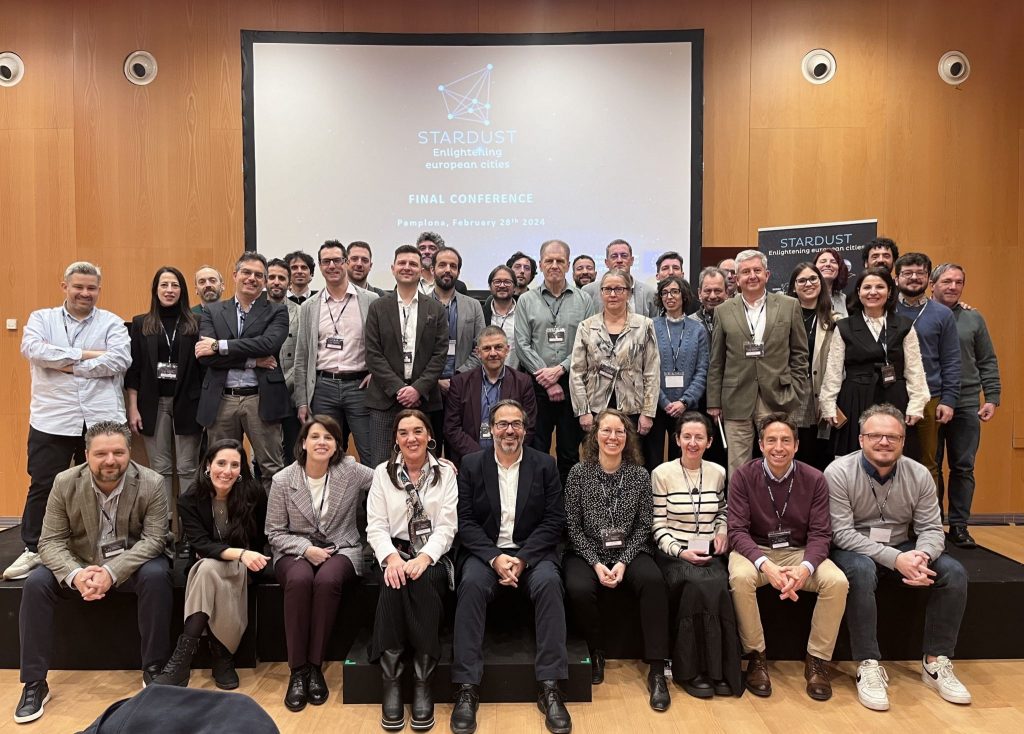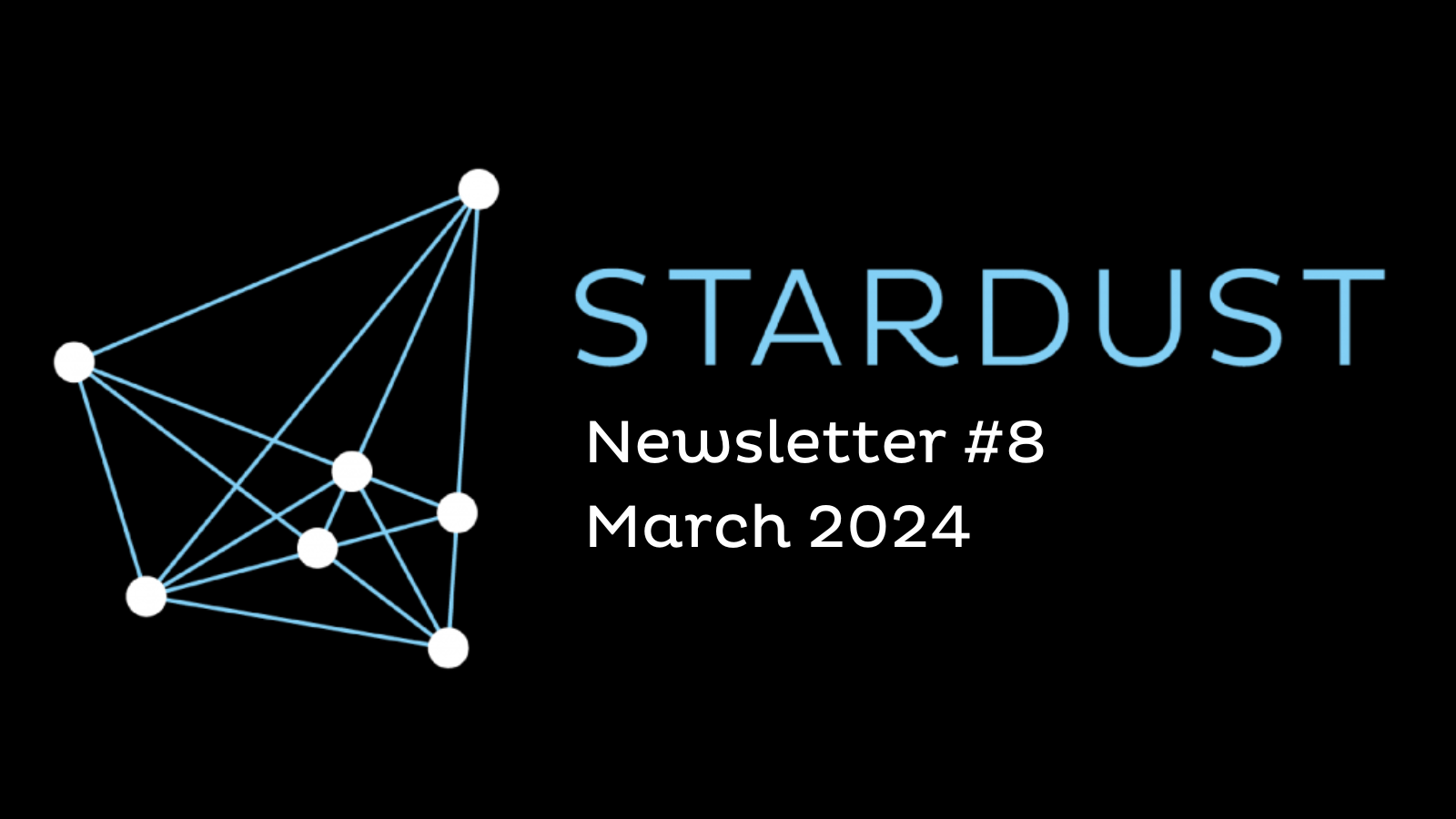Dear Florencio, a long journey is coming to an end. Which legacy does STARDUST leave for Europe’s Smart City drive?
I consider that the greatest legacy of STARDUST is that it has contributed to creating a new economic paradigm in lighthouse cities, based on innovation and technological integration, demonstrating that new services, products, and solutions can be implemented to make the transition to carbon-neutral cities economically viable.
I am particularly proud to see how the Stardust project has contributed to the growth of the local innovation ecosystems in the project’s lighthouse cities. For example, there is a company in Pamplona that started as a partner in STARDUST with three employees, and by the end of the project, it had more than forty.
How did the Covid pandemic affect the rollout of the project? Has it left a legacy of new lessons about the importance of smart cities?
The pandemic had a major impact on the project, mainly due to the slowdown or even complete shutdown of industrial, construction, and administrative activity for months. Town planning licenses and building permits were delayed for many months, which meant that we had to request an 18-month extension to the project, and even then, there were activities that could not complete the monitoring phase.
From another point of view, Covid has made us all aware of the need to monitor indoor air quality in buildings, especially public buildings, and to take measures to keep it within healthy parameters.
In this sense, as part of the Entrepreneurial Discovery Process task, an SME has emerged in Pamplona whose core business is precisely the monitoring of IAQ, and they have even developed a Covid indicator that measures the ease with which the virus can spread in the indoor environment.
Over the six-years of STARDUST, the European Union has launched numerous initiatives and reform packages, such as the Next Generation EU and Fitfor55, starting with cities. What is your advice for future projects seeking to launch European cities into a carbon-neutral future?
These city-scale projects are particularly complex because of the need to integrate the various aspects that make up the urban metabolism (energy supply, buildings, mobility, as well as social, economic and cultural aspects, etc.).
If I were to start such a project now, I would first ensure a strong political consensus to resist possible changes in local government teams. I would also decide on the demonstration pilots based on a business model to ensure that the innovations to be demonstrated are economically viable. And finally, I would have a replication plan ready so that successfully demonstrated solutions can have a real impact on the city.
The last piece of advice would be for the consortium to be aware that unforeseen circumstances may arise, forcing them to react quickly and be flexible to adapt to new scenarios.
From your perspective, what technological, social, and bureaucratic barriers still need to be broken down for smart cities to reach their full potential?
One of the main technological barriers is that existing technical solutions are generally not affordable enough to be widely adopted by the market. Progress needs to be made in the efficiency of solutions, but also in the development of affordable solutions, and in the training and capacity building of companies, technicians, and workforce.
From a societal perspective, the main barrier is still the lack of public awareness about the importance of climate change action. There is still a very strong denial out there in some parts of society.
Finally, bureaucratic barriers are very significant. We are facing a new scenario with immature markets and legislation lagging far behind technology. It is often the case that proven technological solutions exist, but legislation prevents their implementation. An example is the legislation on photovoltaic self-consumption and the commercialisation of surpluses, energy communities, etc.
What is your advice for local governments and European institutions so that the human, technological and financial capital of projects like Stardust is not wasted?
I believe that the key is to maintain local innovation ecosystems and find ways to stimulate collaboration between cities, technology centres, universities, industry, stakeholders and citizens. This would ensure that the new innovative services and products they develop are tailored to the needs of cities and citizens.
At the European level, the knowledge and experience gained over many years of developing and implementing solutions through STARDUST and the other completed lighthouse projects should be preserved and not lost when the projects come to an end. My advice would be to establish a stable network of cooperation between the lighthouse projects beyond the life of the projects.
(Photo by Marcello Curci, Habitech)


